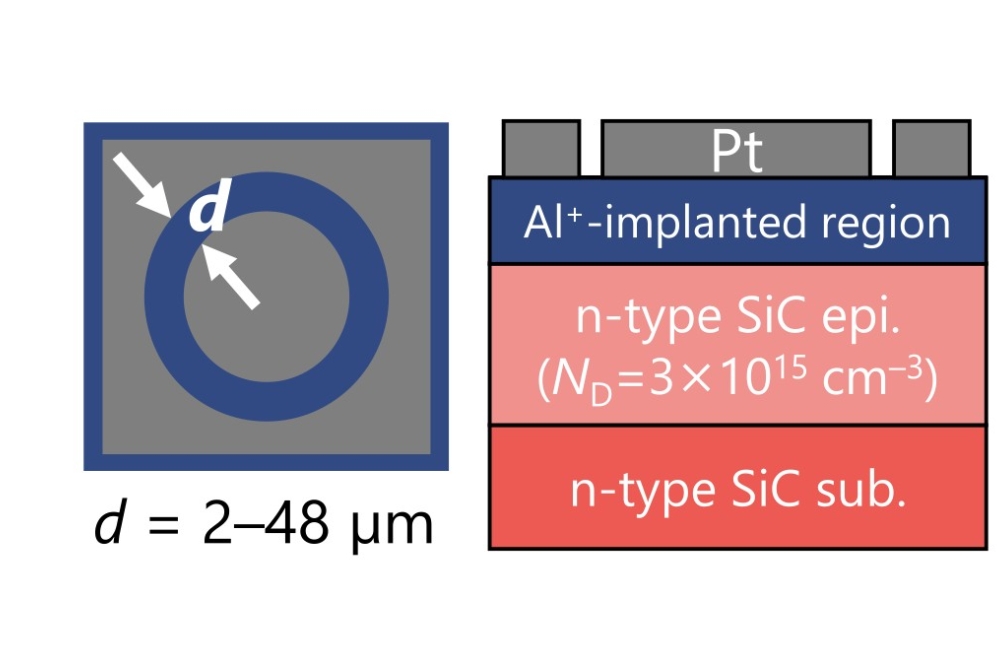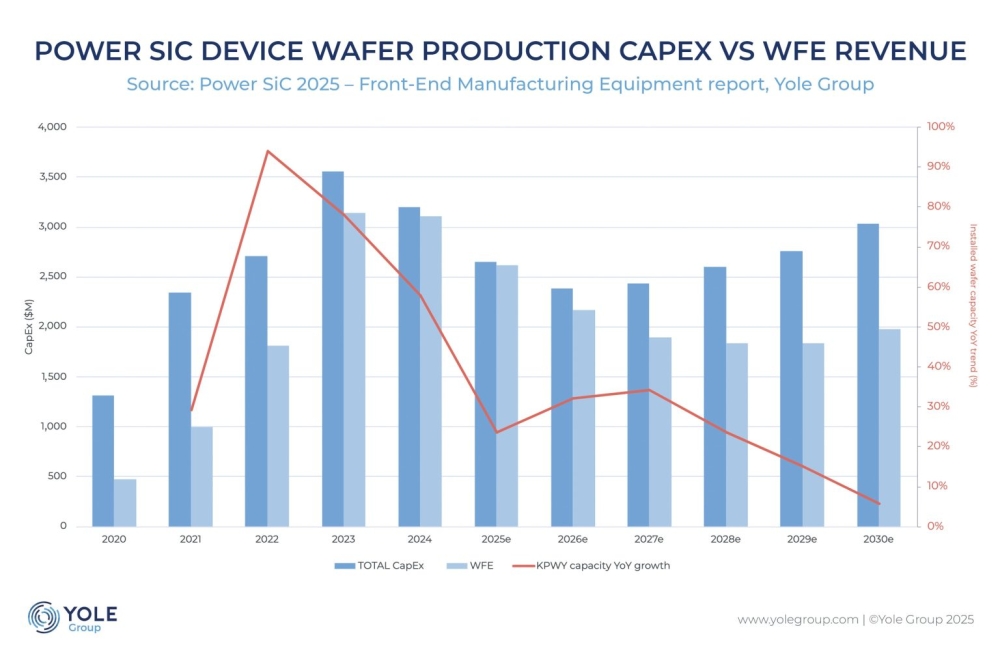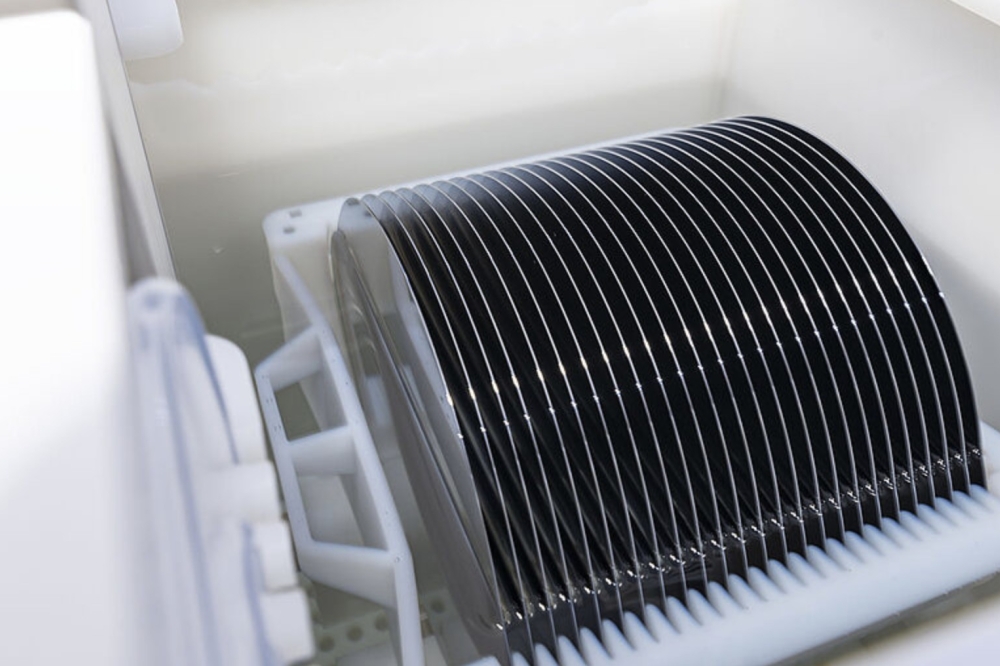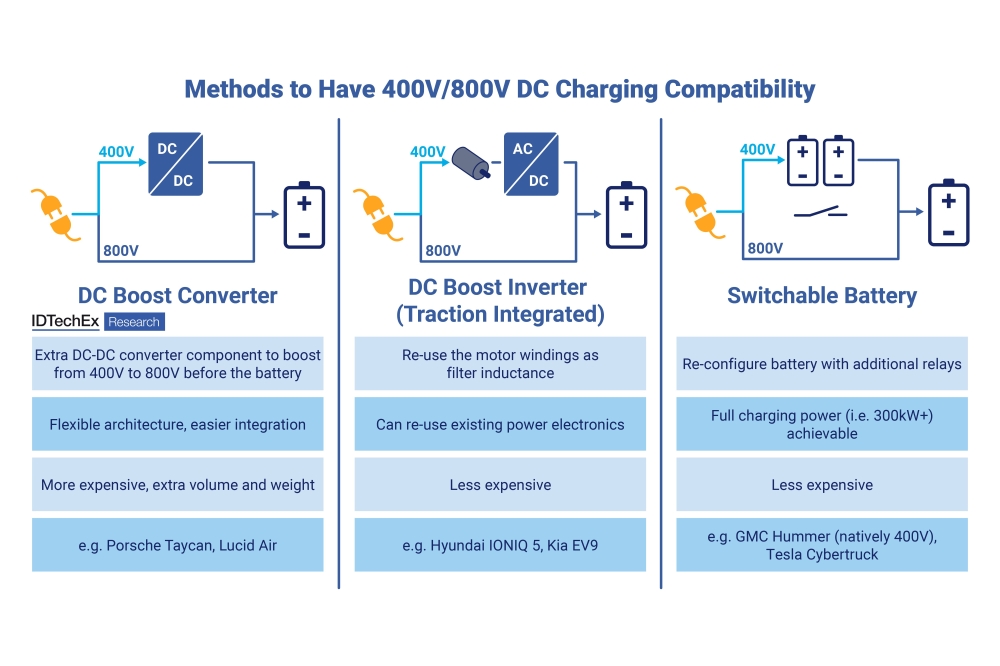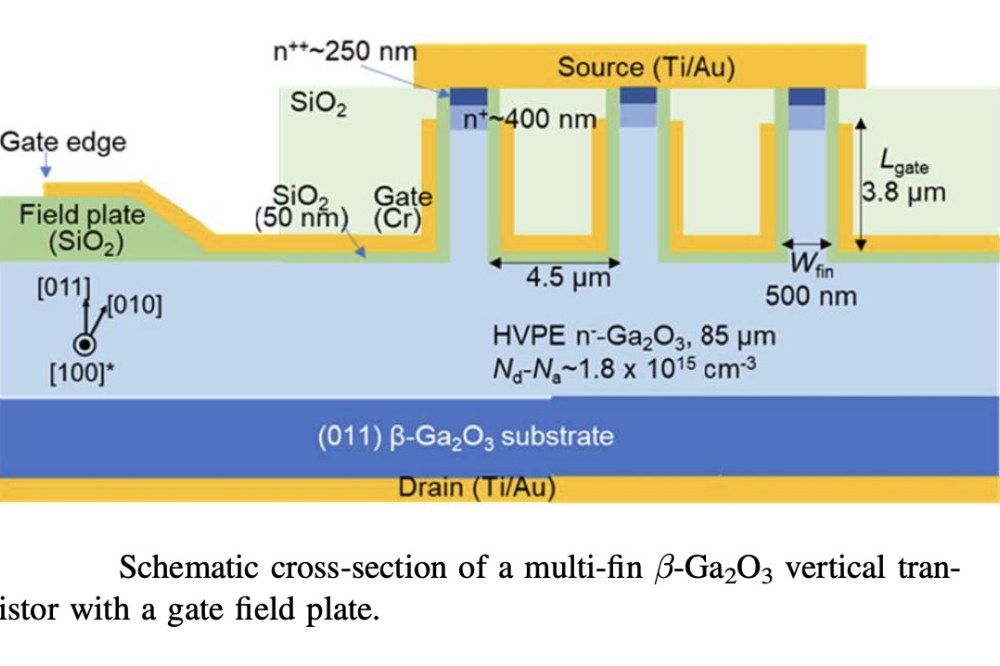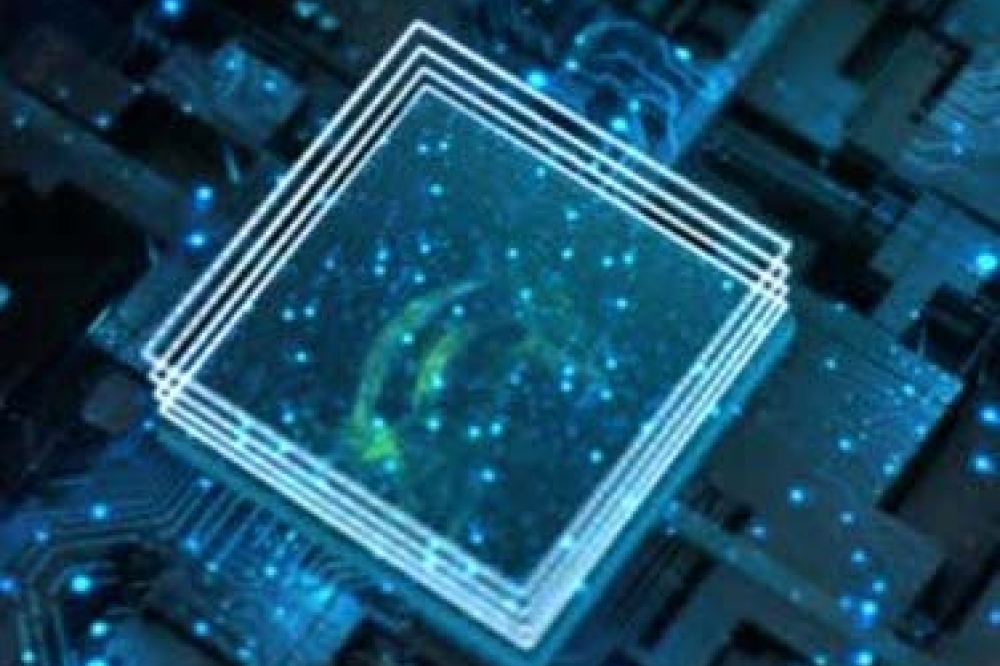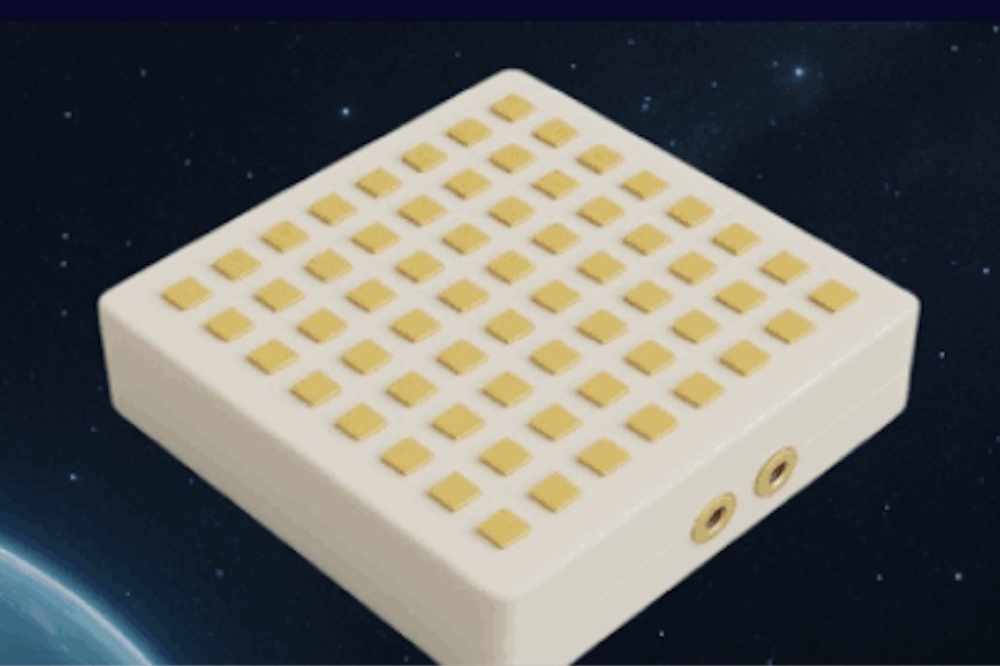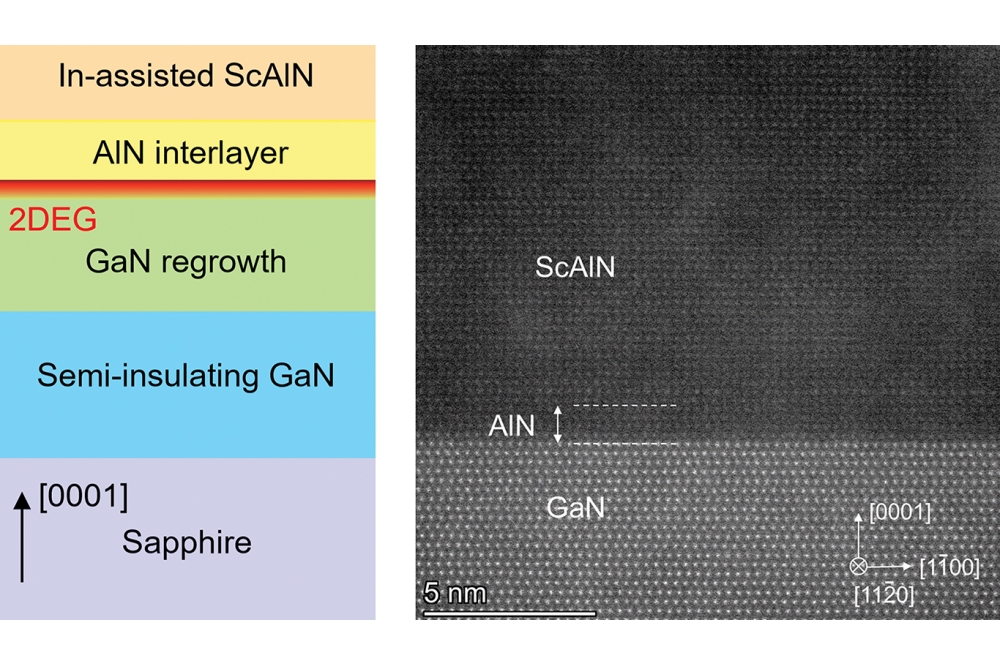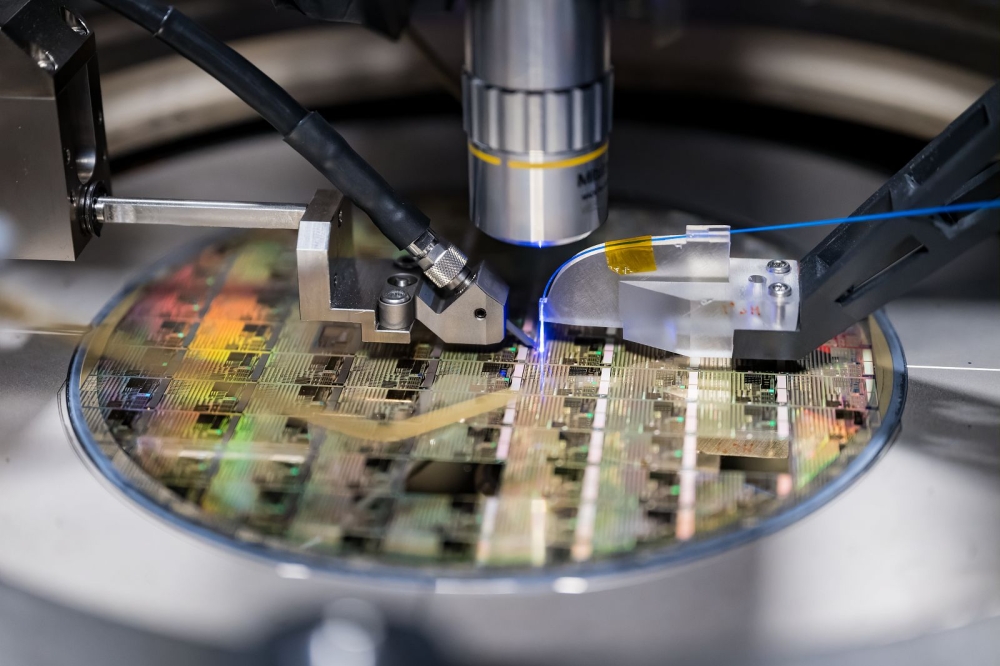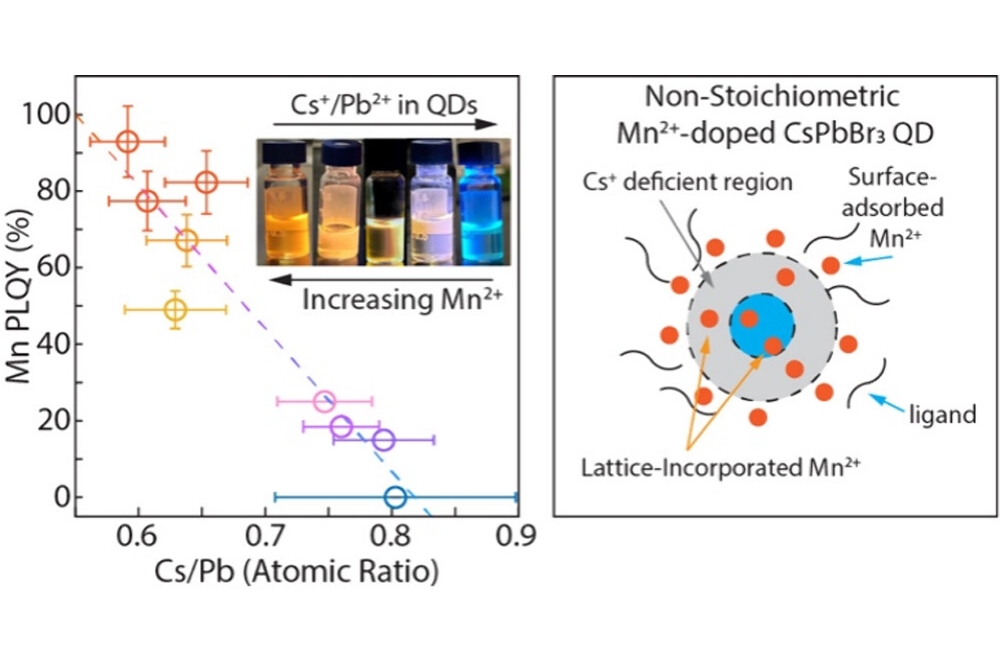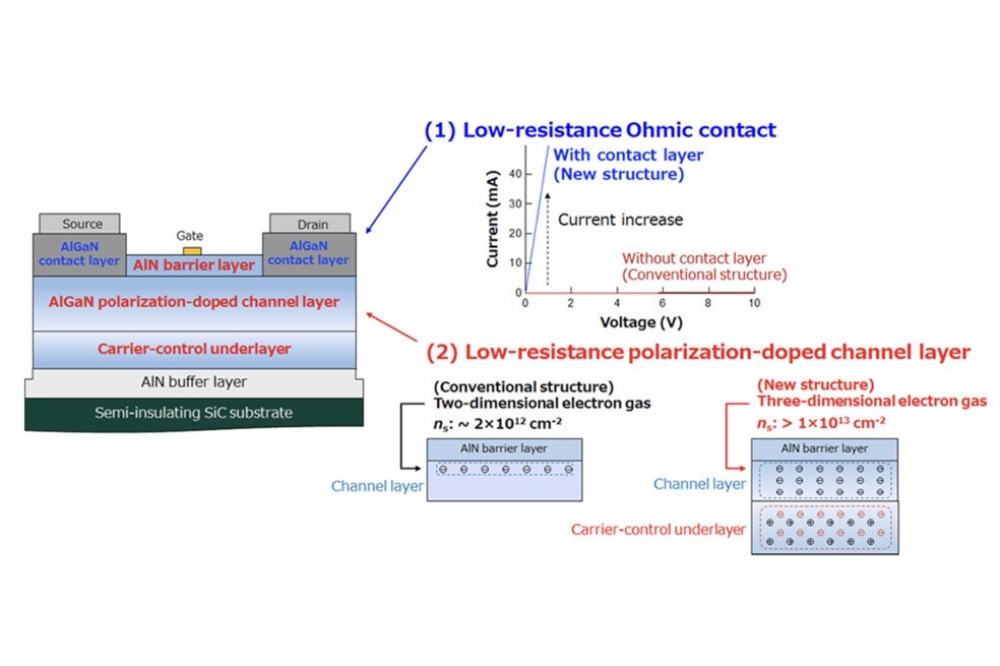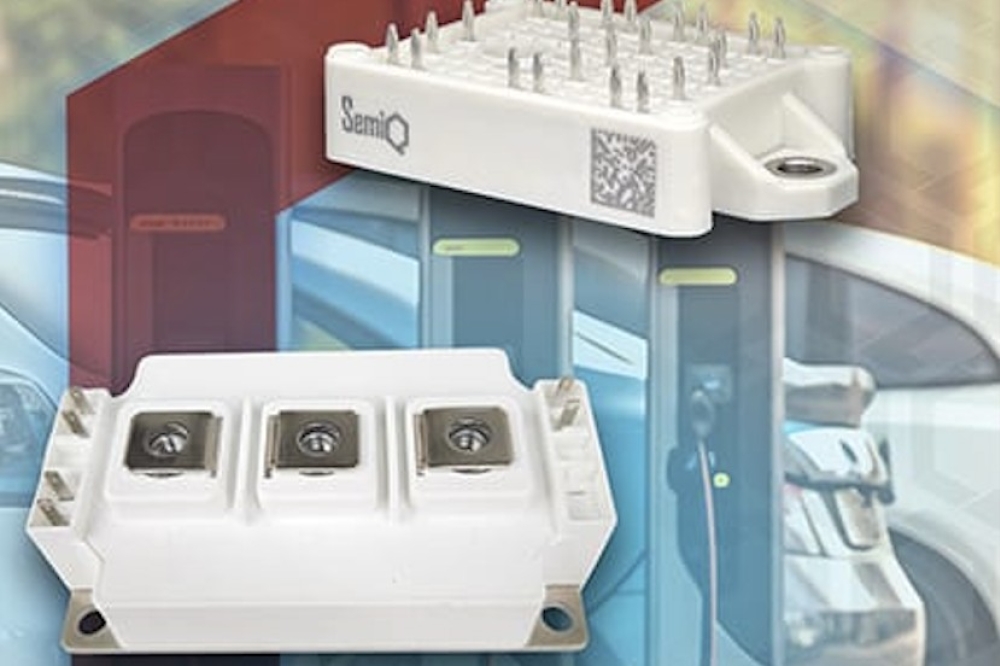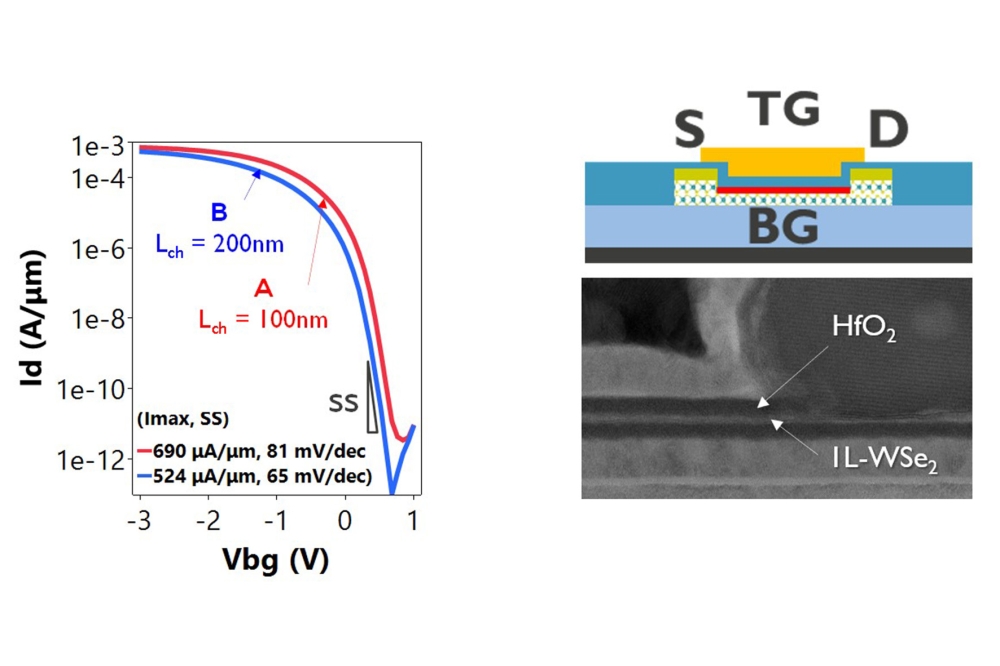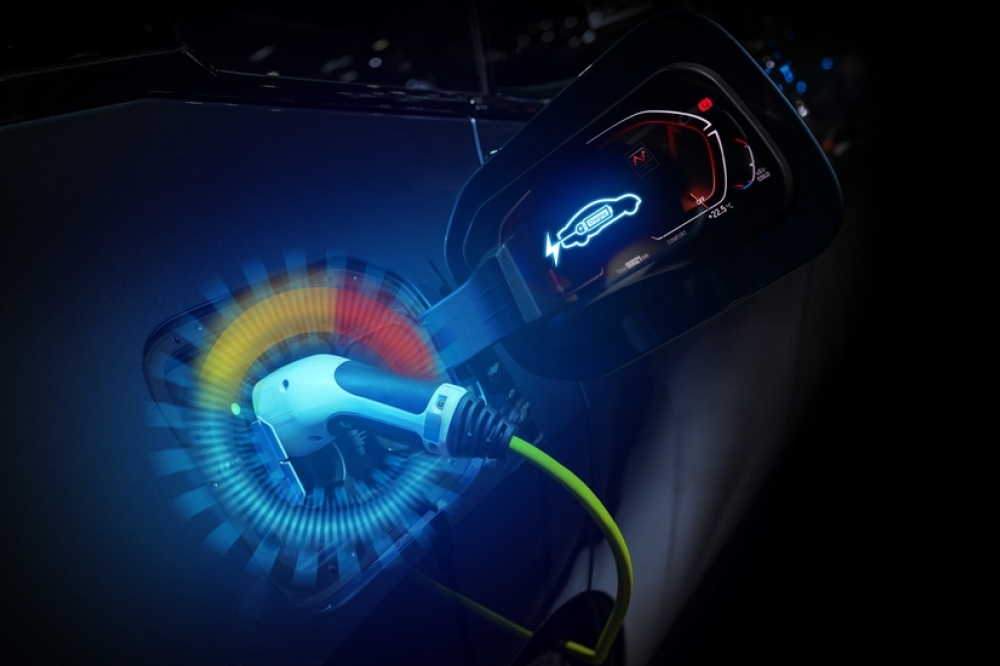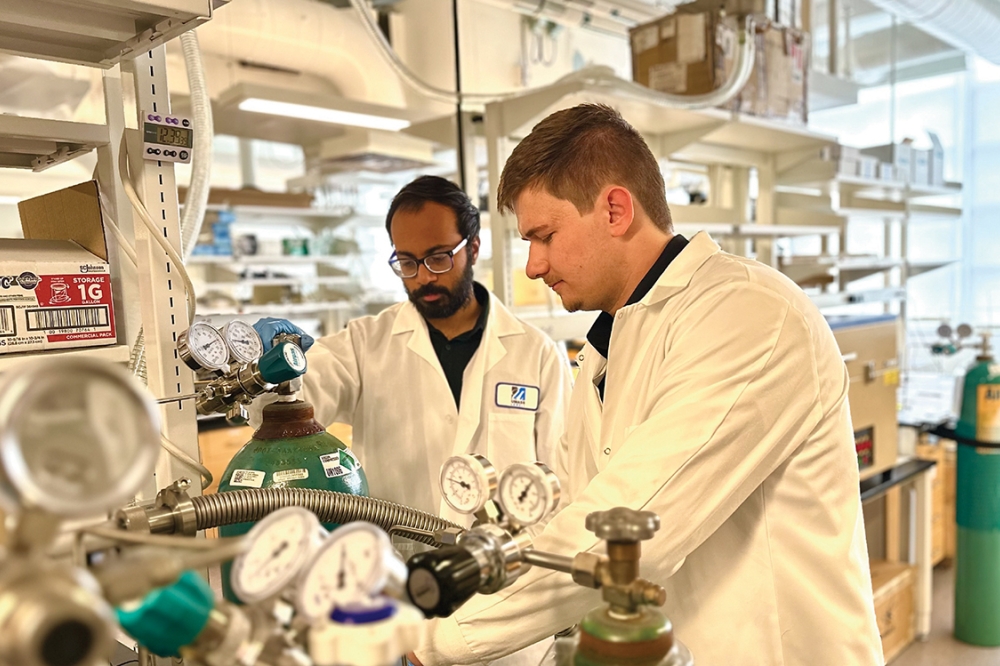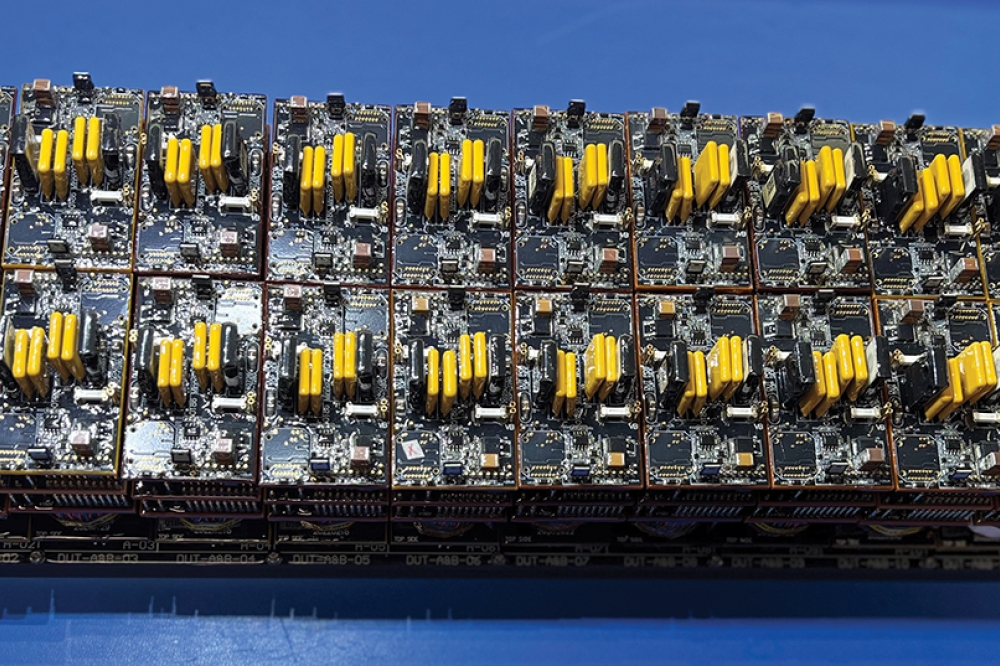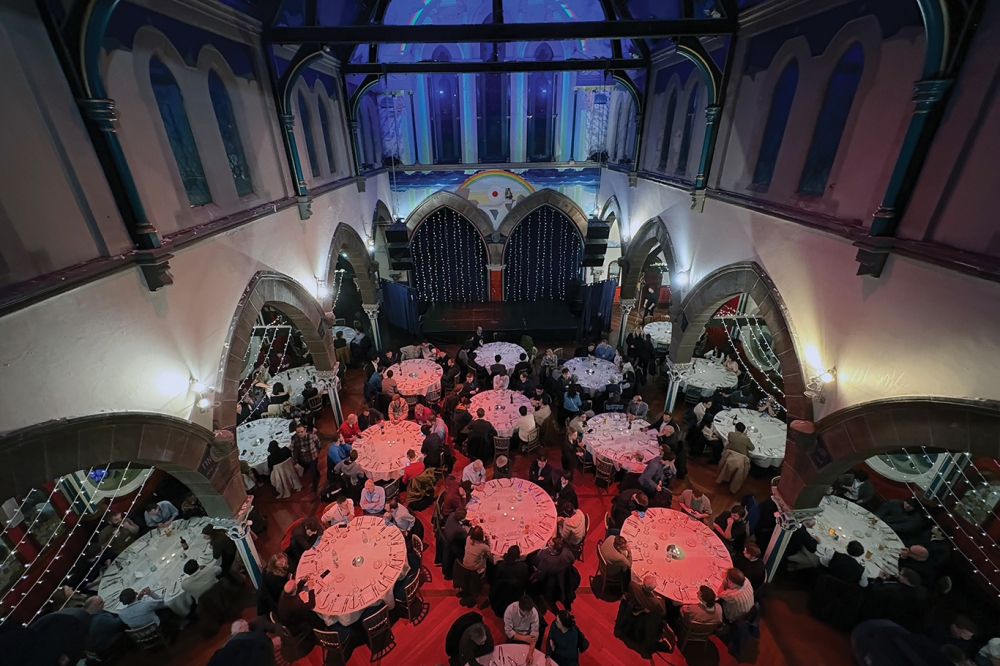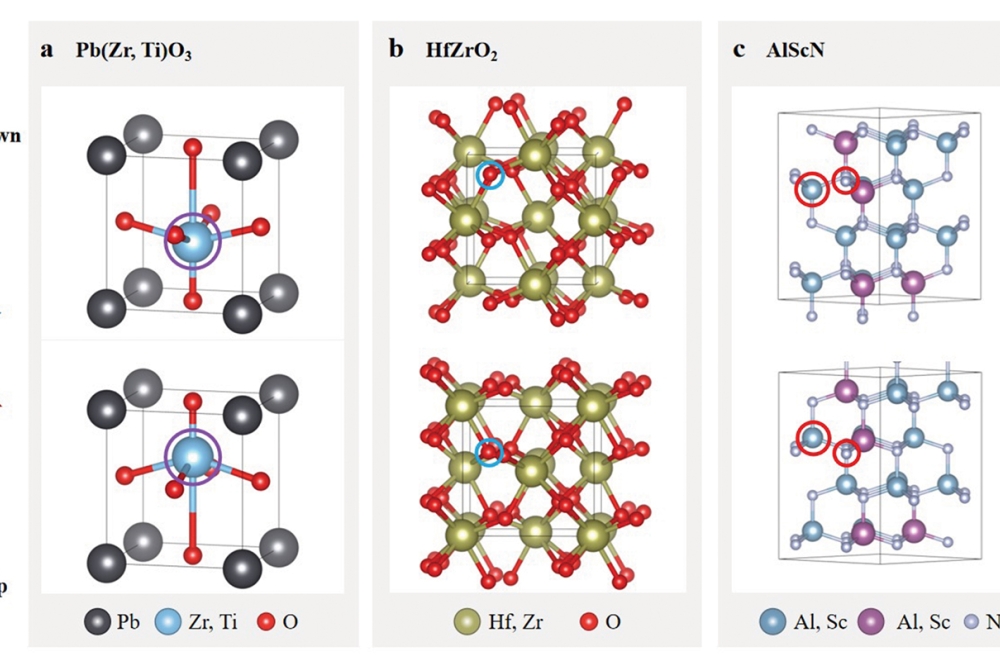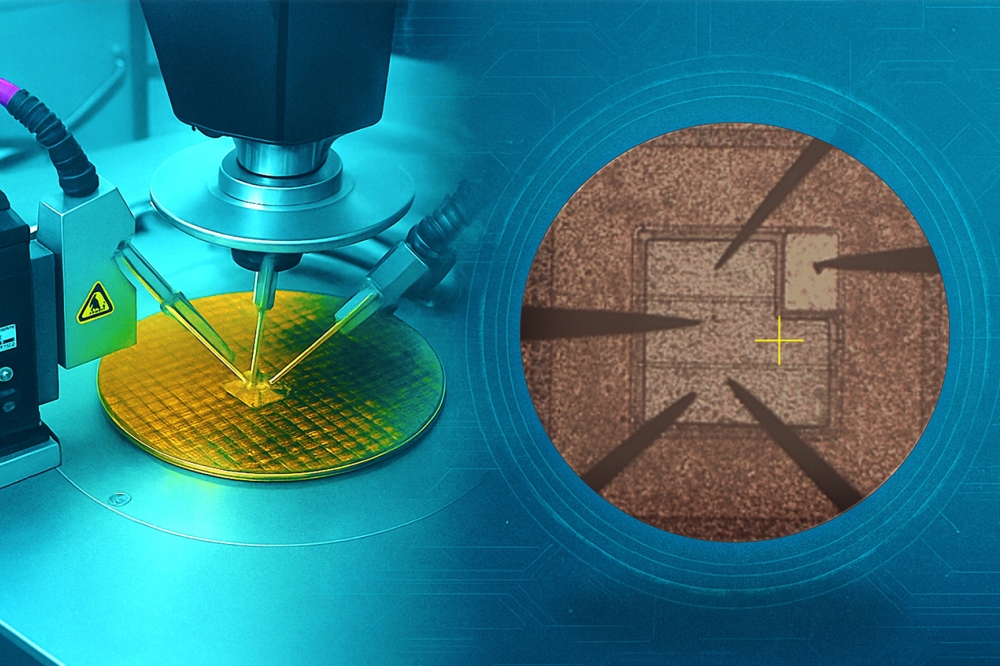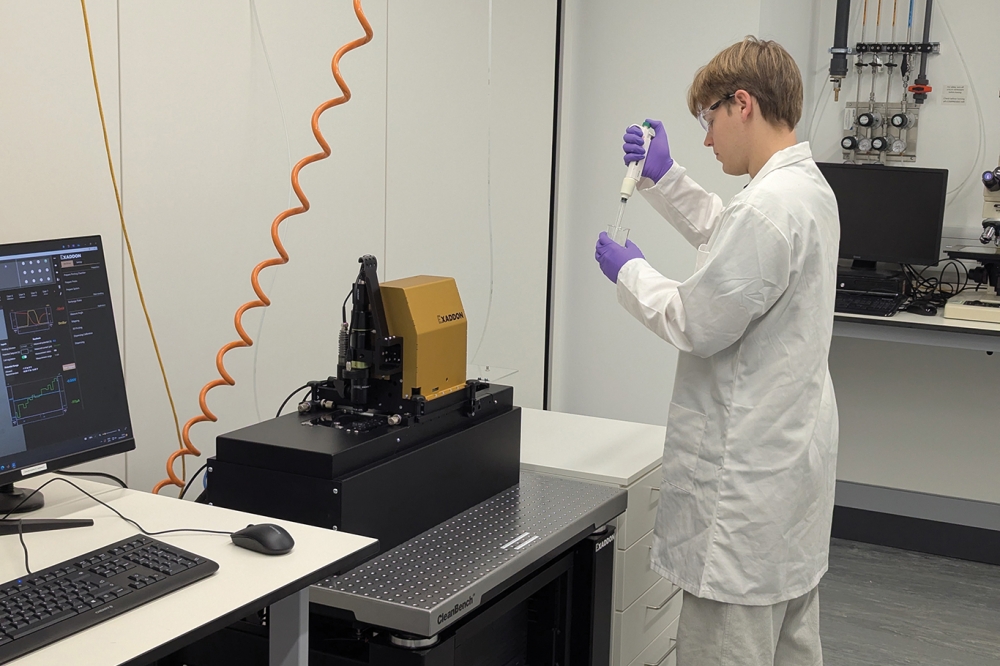News Article
NGK GaN substrates could enhance LEDs and power devices
Using gallium nitride as a substrate reduces defect density. Wafers are currently available in 2 inch but the firm is aspiring to provide 6 inch GaN wafers
NGK Insulators says it has developed high-quality GaN wafers that significantly reduce defects and roughly double the luminous efficiency of green LEDs over previous materials.
The company says it achieved this breakthrough by using a crystal growth technology that it has improved through an innovative technology.
The 2-inch diameter GaN wafers have a low defect density all over and a colourless transparency.

Tested LED Element ; LED facet size: 0.3 mm2
Injection current ~ 200 mAmp, Main wavelength: 525 nm
NGK achieved this through proprietary improvements to liquid phase epitaxial technology for single crystal growth.
Uniting with Nagoya University, NGK found its GaN wafers green LED chips showed a 60 percent internal quantum efficiency (injection current density of approximately 200 amperes per square centimetre).
NGK says this figure is roughly double that of the green LED chips currently on the market.
The results were jointly announced at the International Workshop on Nitride Semiconductors 2012, held in Sapporo, Hokkaido (Japan) from October 14th to 19th, 2012.
In previous LED chips using sapphire wafers as substrates, defects in light emission layers were common, particularly in green LEDs.
These defects prevent a large operation current, which in turn prevent LEDs from achieving sufficient brightness. But with lower defects, NGK says its GaN substrates enable dramatically improved light emission layer quality.
The reduction in current loss that results, allows for a large current, making high brightness green LED elements a reality. When these elements are used to make up green LED light sources, the result could amount to an improvement in brightness of more than 20 times compared to previous models.
Light sources can also be made more compact thanks to the simplified heat dissipation structure made possible by less heat generated from current loss. This control of heat-related degradation also enables longer product life.
This means high brightness green LED light sources are now available in red, green and blue. NGK says it can thus expect to see advancements in the development of new applications for LEDs, specifically for use in projectors and other imaging applications.
This emerging potential for green LED applications follows on the heels of an announcement of applications for blue LEDs on April 25th, 2012.
NGK is now poised to apply its technology to the inverters used in hybrid and electric vehicles, power amplifiers for base stations of wireless communication, and other power devices.
NGK says it will take steps to further reduce defect density in its GaN wafers, and produce larger wafers that are greater than 6 inches in diameter.
Sample shipments of 2-inch-diameter wafers are already under way, with shipment of 4-inch samples set to begin in 2012.

GaN Wafers: On the left two-inch diameter, on the right four-inch diameter
In the future, the company intends to raise production capacity from the current level of 200 wafers per month (for 2-inch wafers) to a monthly output of over 1,000 wafers during fiscal 2012.
By 2014, NGK plans to have a wide-ranging line-up of wafers extending from 2- to 6-inch-diameter wafers ready for LED and power device applications.
The company says it achieved this breakthrough by using a crystal growth technology that it has improved through an innovative technology.
The 2-inch diameter GaN wafers have a low defect density all over and a colourless transparency.

Tested LED Element ; LED facet size: 0.3 mm2
Injection current ~ 200 mAmp, Main wavelength: 525 nm
NGK achieved this through proprietary improvements to liquid phase epitaxial technology for single crystal growth.
Uniting with Nagoya University, NGK found its GaN wafers green LED chips showed a 60 percent internal quantum efficiency (injection current density of approximately 200 amperes per square centimetre).
NGK says this figure is roughly double that of the green LED chips currently on the market.
The results were jointly announced at the International Workshop on Nitride Semiconductors 2012, held in Sapporo, Hokkaido (Japan) from October 14th to 19th, 2012.
In previous LED chips using sapphire wafers as substrates, defects in light emission layers were common, particularly in green LEDs.
These defects prevent a large operation current, which in turn prevent LEDs from achieving sufficient brightness. But with lower defects, NGK says its GaN substrates enable dramatically improved light emission layer quality.
The reduction in current loss that results, allows for a large current, making high brightness green LED elements a reality. When these elements are used to make up green LED light sources, the result could amount to an improvement in brightness of more than 20 times compared to previous models.
Light sources can also be made more compact thanks to the simplified heat dissipation structure made possible by less heat generated from current loss. This control of heat-related degradation also enables longer product life.
This means high brightness green LED light sources are now available in red, green and blue. NGK says it can thus expect to see advancements in the development of new applications for LEDs, specifically for use in projectors and other imaging applications.
This emerging potential for green LED applications follows on the heels of an announcement of applications for blue LEDs on April 25th, 2012.
NGK is now poised to apply its technology to the inverters used in hybrid and electric vehicles, power amplifiers for base stations of wireless communication, and other power devices.
NGK says it will take steps to further reduce defect density in its GaN wafers, and produce larger wafers that are greater than 6 inches in diameter.
Sample shipments of 2-inch-diameter wafers are already under way, with shipment of 4-inch samples set to begin in 2012.

GaN Wafers: On the left two-inch diameter, on the right four-inch diameter
In the future, the company intends to raise production capacity from the current level of 200 wafers per month (for 2-inch wafers) to a monthly output of over 1,000 wafers during fiscal 2012.
By 2014, NGK plans to have a wide-ranging line-up of wafers extending from 2- to 6-inch-diameter wafers ready for LED and power device applications.


